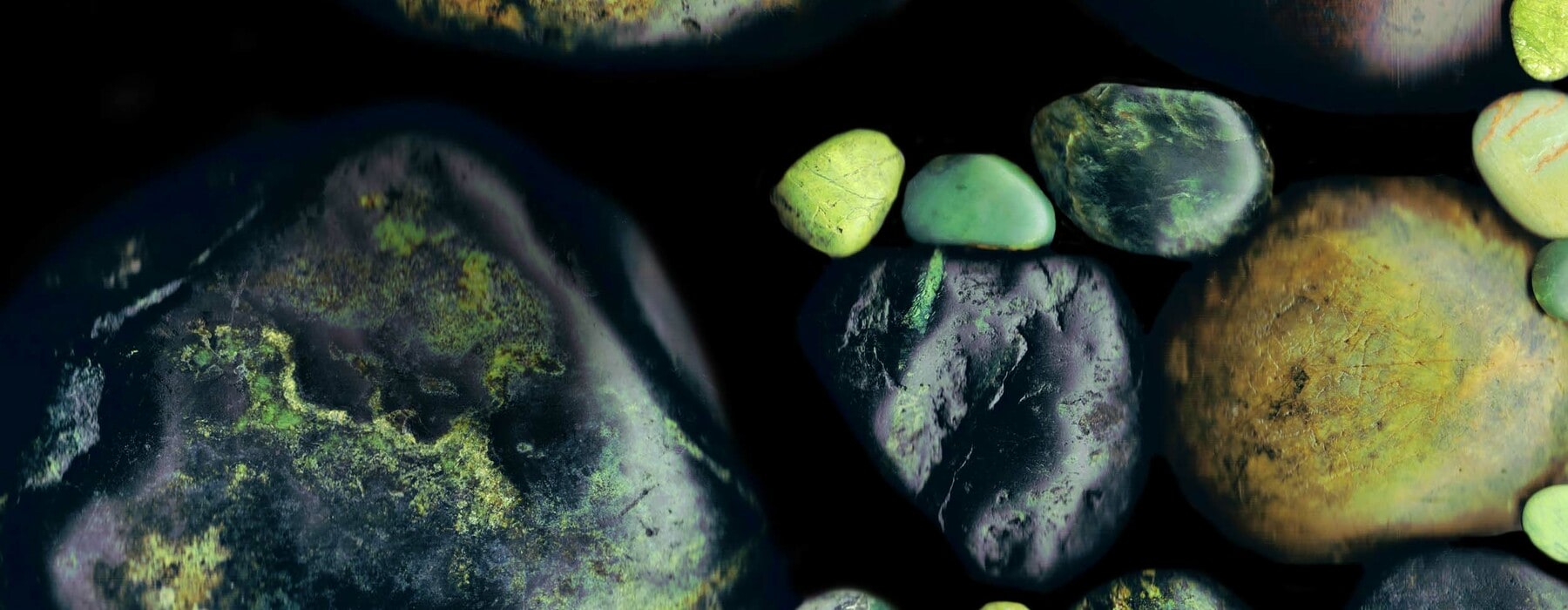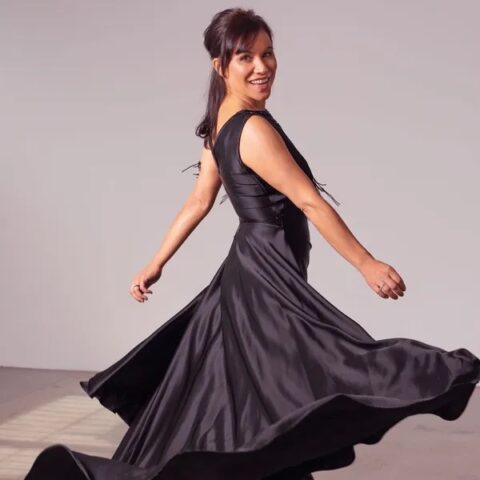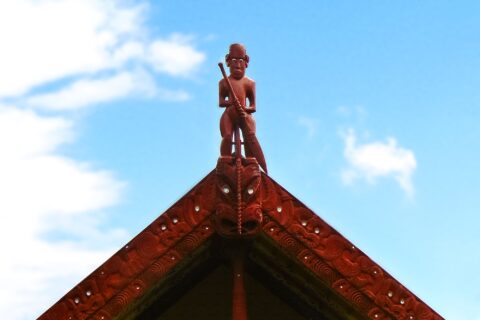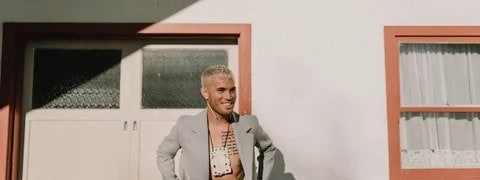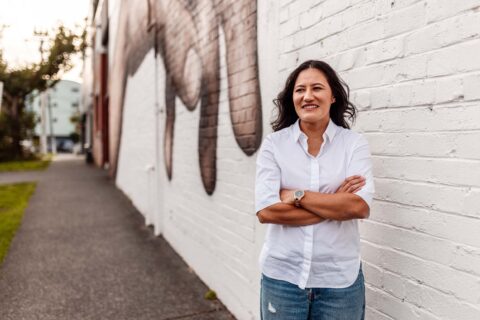Higher than any monetary value, jewellery has an intrinsic worth that gives us a way of showing the world who we are and what is important to us.
*This is a voiceover created by AI and therefore some of the words or pronunciations may be incorrect. We hope you still enjoy this listening experience
In one of those awhi (hugs) that you treasure with your tamariki, I was revelling in my pōtiki (youngest child) still being happy with long hugs, then she touched my earring and said, “He niho makō tēnei? Is this a shark’s tooth?” And I replied “āe – yes”, and felt happy for a number of reasons. These are the most expensive earrings I’ve ever bought myself, but they are more valuable than my tamāhine (daughter) could possibly understand at this stage in her life.
I treasure these makō earrings because makō means shark, and is also the name of our whare tupuna, which is the ancestral house of our marae. I also value them because they remind me of my kuia, who had several pairs. I can still picture them hanging from her ears, with her plaited grey and black makawe (hair) as a backdrop.
Yet I can’t say that I’ve always coveted these whakakai (earrings). I hadn’t articulated these feelings until I read Tusiata Avia’s foreword in Bloody Woman by Lana Lopesi, and had her explain myself to me!
She unravelled my thinking as she wrote “I have reclaimed my ears”, admitting that when she was growing up in Christchurch, she thought the Sāmoan earrings her grandmother and aunties sent back to her were “deeply uncool”. Tusiata, like me, admitted to being whakamā (ashamed) she had felt that way and never worn those earrings as it would “advertise her Sāmoan-ness” in the environment of the Dawn Raids and anti-Pasifika political statements.
Tusiata noted how things have changed and she is now proud to wear those earrings and see them on her teenage daughter and other kōhine (young women). This is why my makō earrings are precious to me, too, because for a long time I didn’t think I should, could or would like to wear them, and “advertise” my Māori-ness. I also have beautiful pounamu earrings given to me as takoha (gifts), which are taonga (treasures) to me because of how they were given, and who gave them to me. The mauri, or life force, that was imbued in them uplifts me every time I wear them. As I’m from Ngāi Tahu, just like pounamu is, I also feel connected to Te Wai Pounamu (the South Island) whenever I wear them.
I also have whakakai that are literally statement pieces. One says “TE ARAWA” in bold type – they sing my iwi name from my earlobes. And so my other side isn’t missed, I got “NGĀI TAHU” ones, too! I wear one of each together, just as I wear multiple aspects of my whakapapa on the inside, too.
Another favourite pair are those I bought from the NUKU movement, which say “Atua given” on one pair, and “Tūpuna driven” on the other, which means “Given by the gods” and “Driven by the ancestors” respectively. This obviously resonates with many wāhine of today, because they sold out!
Things are different now, as Tusiata says, and reclaiming the “new-old” ways of expressing our cultures can be as small as what you adorn your ears with.
Ahakoa he iti, he pounamu – although it is small, it is precious.
RELATED ARTICLE: Meet the mother-daughter team behind jewellery brand O Te Motu Creations

